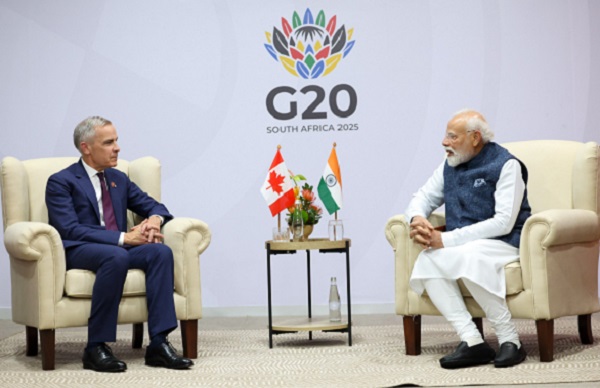.png)

Groupthink is the House View of BasisPoint’s in-house columnists.
May 6, 2025 at 1:13 PM IST
As the Reserve Bank of India moves deeper into its rate-cutting cycle, a familiar obstacle has resurfaced in the form of administered interest rates on small savings schemes that refuse to adjust in line with market signals. These rates, set by the government rather than discovered through markets, are increasingly incompatible with a liberalised interest rate regime.
The problem is not new. Administered rates are structurally downward sticky. Although intended to track market yields and provide a spread of up to 100 basis points over comparable government securities, most small savings rates remain well above the levels implied by this formula.
At present, rates range from 6.70% on recurring deposits to 8.20% on the Senior Citizen Savings Scheme and the Sukanya Samriddhi Account. These are between 16 and 66 basis points higher than their formula-based benchmarks, with the Public Provident Fund being the only partial exception.
This misalignment has persisted even though the 10-year gilt yield has fallen by about 60 basis points over the relevant review period. Small savings rates, however, have remained unchanged for five consecutive quarters. What was originally designed to be a responsive, quarterly revision mechanism has increasingly become a politically influenced process. Rate adjustments, when they occur, tend to follow electoral cycles rather than economic logic.
The consequences are not trivial, as high administered rates create a de facto floor for bank deposit rates, limiting banks’ ability to reduce funding costs in response to changes in the policy rate. This weakens the credit transmission mechanism and undermines the effectiveness of RBI’s monetary policy. For a banking system attempting to pass through rate cuts to borrowers, this structural friction acts as a significant constraint.
A telling episode in April 2021 illustrates the sensitivities involved. The Ministry of Finance had announced cuts of 40 to 110 basis points across various schemes, only to reverse the decision within hours, citing an “oversight.” At the time, the gap between administered and formula-determined rates was as wide as 198 basis points. While that gap has since narrowed, the broader problem remains unresolved. Policy implementation remains vulnerable to short-term political optics.
These schemes were originally launched to encourage household financial savings and reduce the government’s reliance on market borrowing. However, their purpose now appears increasingly counterproductive. In 2023–2024, the central government raised funds in the bond market at an average cost of 7.24%, while it paid 7.7% on loans from the National Small Savings Fund. The difference directly raises the government’s cost of borrowing and complicates fiscal management.
Beyond the fiscal cost, the persistence of high administered rates distorts price discovery in financial markets, hampers the transition to a more market-linked financial system, and weakens the clarity of monetary policy signals. India is actively trying to deepen its capital markets and broaden household participation in sovereign bonds and mutual funds. Maintaining schemes that compete with and undercut these channels runs counter to that strategic objective.
The policy options are clear. The government must either adhere strictly to the formula-based rate-setting framework or outline a roadmap for a phased withdrawal of these schemes. A planned exit would involve reducing interest rates in a calibrated manner, capping inflows, and redirecting savings into market-based instruments through better access, transparency, and investor education.
India no longer needs small savings schemes in their current form. What it needs is a consistent and forward-looking framework that enables monetary transmission, reduces fiscal distortions, and channels household savings into instruments that support a modern, market-driven financial ecosystem.




